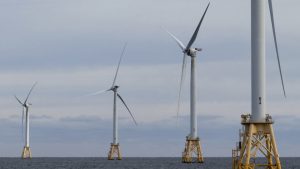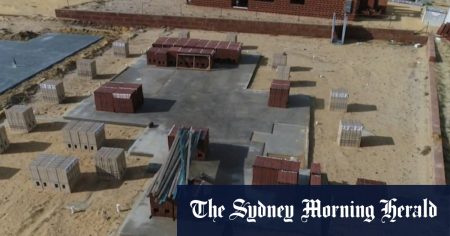Today, Australia is expected to release its defence spending report, providing a detailed overview of the country’s military budget and priorities. This announcement comes as tensions rise in the Asia-Pacific region, with concerns about China’s increasing assertiveness and other security threats. The report will likely outline Australia’s efforts to modernize its defence capabilities and ensure the country’s security in the face of emerging challenges.
In other news, house prices in Australia have been soaring, fueled by record levels of global debt. The surge in housing prices has raised concerns about affordability and the risk of a potential housing bubble. As a result, policymakers are facing increasing pressure to address these issues and prevent a possible housing market crash. The unprecedented levels of debt in the global economy have contributed to the rapid rise in house prices, creating a challenging environment for both buyers and sellers.
Meanwhile, extradition talks for WikiLeaks founder Julian Assange are continuing, with the United States seeking to bring him to trial on charges related to the release of classified information. Assange has been living in the Ecuadorian embassy in London since 2012 to avoid extradition to Sweden on sexual assault charges. The legal battle over his extradition has raised questions about press freedom and government transparency, sparking debates over the balance between national security interests and freedom of speech.
The outcome of the extradition talks will have significant implications for Assange and the future of whistleblowers and journalists worldwide. The case has reignited discussions about the role of the media in holding governments accountable and the potential consequences for individuals who expose classified information. As the legal proceedings continue, activists and human rights advocates are closely monitoring the case to ensure that Assange’s rights are respected and that the principles of free speech are upheld.
Overall, these developments reflect the complex and interconnected nature of global security, economic stability, and civil liberties. Australia’s defence spending report highlights the country’s efforts to address emerging threats and ensure national security in an increasingly volatile region. The surge in house prices underscores the challenges posed by rising debt levels and the need for sustainable housing policies. The extradition talks involving Julian Assange raise important questions about freedom of the press and the consequences of exposing classified information. As these issues continue to unfold, they serve as reminders of the intricate balance between security, transparency, and individual rights in the modern world.
















